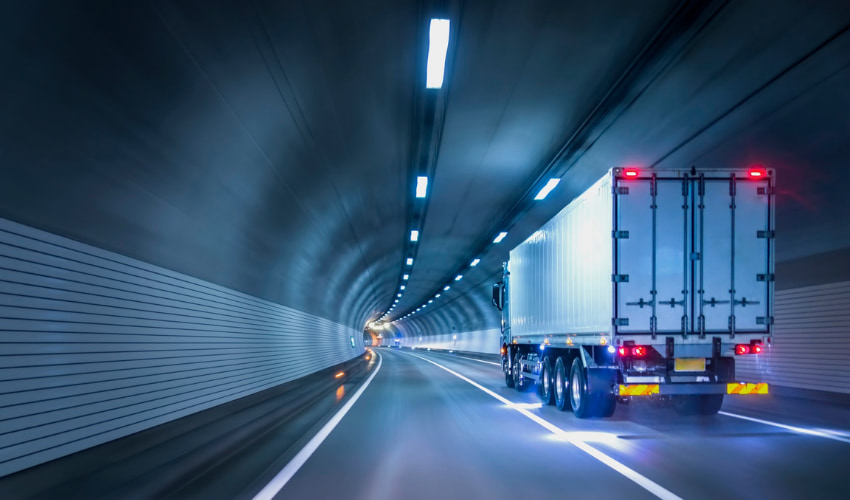The future of trucking is a hot topic in fleet offices around the country. There are talks of electric and autonomous vehicles, AI trucking solutions, and other advanced technologies. But the most intelligent and most valuable thing in the cab will always be the driver.
The technology revolution is well underway, so what does it mean for the trucking industry and those who work in it? Here’s a breakdown of everything you need to know.
Electric Vehicles
Electric passenger vehicles have been around for some time, and according to statistics from Automotive World, 2019 sales reached over 2.2 million units. For fleets in this space, the use of electric vehicles is likely to boom in the near future. Semi trucks for long haul journeys are not as easy to transition, however, so the development of electric trucking models will progress at a slower pace.
The future of trucking may well involve electric vehicles, but driving long haul requires extensive battery capacity that cannot be met by current electric solutions. That said, some fleets that operate in urban or regional areas are beginning to look into electric models and manufacturers like Volvo, BYD, Daimler, and Paccar. These manufacturers have all been quick to develop trucks to meet the demand.
Nonetheless, electric or not, trucks still need drivers.
AI in Trucking
While electric and autonomous solutions may still be on the periphery, it’s already normal to hear about advanced technologies and AI in trucking industry reviews. Back-office automation is commonplace for allocating loads, drivers, and determining routes. Plus, the software is available to optimize and control an array of other trucking metrics, including:
The use of AI in trucking is here, but we are decades away from autonomous driving vehicles being used in trucking. Truck drivers remain arguably the most important role in trucking.
Future of Truck Driving Jobs: Fact vs. Fiction
Whatever developments await in your trucking future, the outlook for drivers is still overwhelmingly positive. Let’s look at a few reasons why.
1. Human effort is still required for many tasks that no level of autonomous technology or AI can replace. Examples include:
-
Securing cargo
-
Loading and unloading
-
Checking vehicles
-
Customer service
-
On-the-spot fixes like flat tires or low fluid levels
2. Fully autonomous trucking is a long way off. Of the following recognized levels of automation, current technologies are primarily focused on levels 2 and 3:
-
Level 1: Driver Assistance
-
Level 2: Partial Automation
-
Level 2+: Advanced Partial Automation
-
Level 3: Conditional Automation
-
Level 4: High Automation
-
Level 5: Full Automation
3. Some federal and interstate legislation already restricts the use of level 4 technology and above.
Advanced Technologies
In the immediate future of trucking, there are already several driver-centric tools, interactive business dashboards, and motion video technology available to connect your fleets and data. Lytx can offer you a range of services, including:
- GPS fleet tracking that locates, tracks, and manages your vehicles in real-time.
-
Machine vision system and artificial intelligence (MV+AI) technology that combines vehicle tracking with comprehensive dash cam data on fleet and individual driver performance.
-
Preventative maintenance software that pinpoints the status of every vehicle.
-
DOT compliance software and management to control HOS, vehicle inspection reports, and driver qualification files.
Find out more about fleet management solutions from Lytx, and start optimizing your business with our range of powerful tools today.
